The language of Odisha that we call Odia has a long history and a rich legacy, spreading far and wide with the boundaries of Kalinga. Any study of Odia literature (literature of Odisha) is therefore going to be a daunting task filling thousands of pages. This article is not meant to be an exhaustive resource of Odia literature but more of an overview of its evolution from an early language now extinct to the modern Odia we find today.
We will go by chronological order with archaeological findings and documentary evidence to establish a plausible chain from the beginning to the present.
Ashokan Edicts & Hatigumpha Inscriptions
All writings discovered and preserved from this period are in the form of either stone inscriptions on rocks (Ashokan Edicts), cave walls (Hatigumpha cave in Udaygiri/Khandagiri caves) and temples; or copper plates (preserved at the Odisha State Museum). The edicts are basically descriptions of Ashoka’s beliefs on moral behaviour and the Hatigumpha inscription describes the reign of King Kharavela of Kalinga. The copper plates of this period were usually issued for grants by the regional kings. These inscriptions were later expanded upon by later rulers and range from the 4th century BC to about 12th century AD.
Written in Prakrit, these inscriptions are the earliest form of writing recovered from pre-medieval period. There are rock art and pictographs from prehistory that can be found in caves but they are not considered to be written language.
The Beginning of Odia Poetry
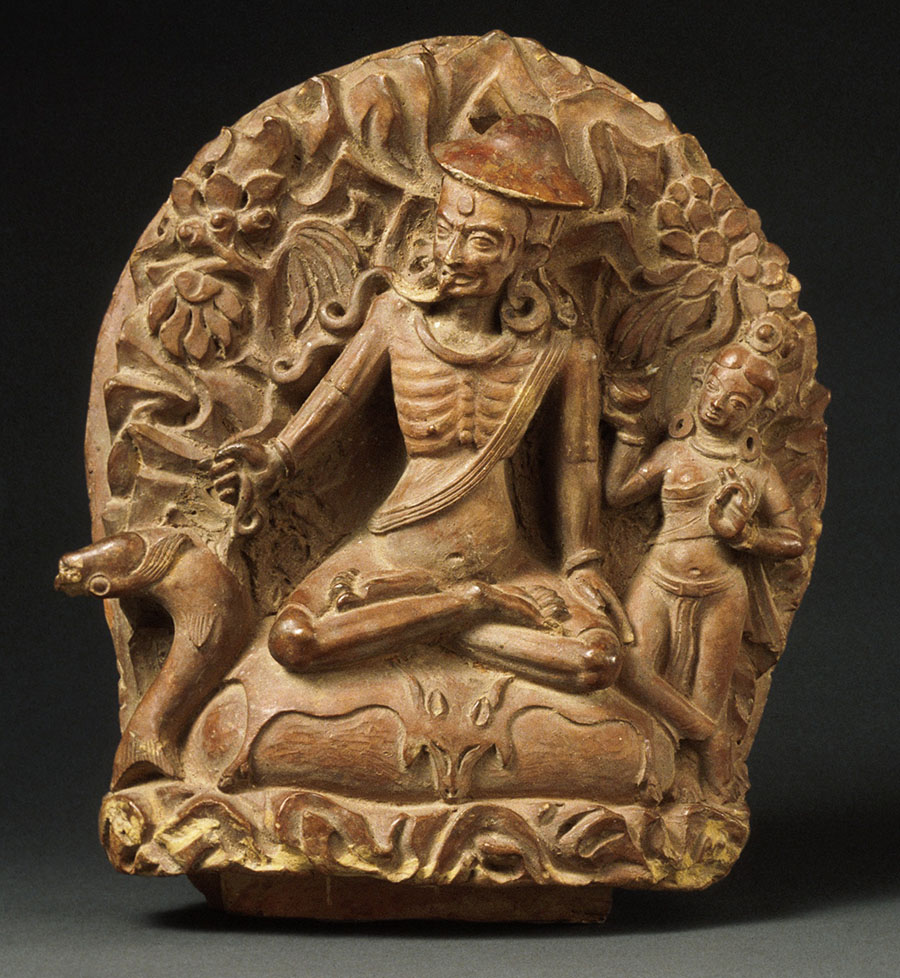
Around 7th century AD, Vajrayana Buddhist poets wrote Charyapada (Caryagiti) in a proto-Odia language that was the ancestor of other languages like Bengali and Assamese. This proto-language would be considered a derivative of Prakrit.
Wrapped in metaphors, this collection of poems was meant to be sung and counted poets like Luipa and Kanhupa, who were from Kalinga’s territory, among the contributors.
The Charyapada was a major influence in the literature of northeastern India from 10th to the 14th century. The tantra like imagery of the poems was so vivid that poets of the 16th to 19th century revived the style for their own poems.
Historians have classified the period from 10th century to the 14th century as the Old Odia period. This was the time Odia began to take shape as a distinct language.
Natha and Siddha Literature
Around 12th century AD, Natha Dharma began to rise under Matsyendranath and Gorekhnath and gave rise to literature of a religious nature. The major works of this period were Sishuveda, Amara Kosha and Gorakha Samhita. Sishuveda is considered the last of the Charya style literature. Majority of the writings of this period are in Sanskrit and Prakrit.
However this era is considered notable because of the development of prose. Until now, all Odia literature was in the form of poetry. The earliest example would be the Madala Panji, or the Palm Leaf Chronicles of Jagannath Temple which holds the history of the Gajapati kings of Puri as well as the Jagannath Temple. The next important work of prose would be the Rudra Sudhanidhi.
This period is called the pre-Sarala period because of how influential Sarala Das would become with his writings.
Rise of The Odia Language

In the 15th century, Odia was the language of the commoners and the untouchables while the upper class patronized Sanskrit. Sarala Das broke the mould by translating the Mahabharata from Sanskrit to Odia. It was however more of a transcreation, an imitation in other words. This provided a window into Odia culture in the time period to later poets.
He was acclaimed as Adikabi (the First Poet) and was given the title Shudramuni or a seer from a backward caste. It was his work that characterizes Odia’s rise as the lingua franca of Odisha’s literature. He also wrote the Chandi Purana and the Vilanka Ramayana.
It was in this period that Arjuna Das wrote the long poem Rama-Bibha in Odia.
However it was the Gajapati of Puri, Kapilendra Dev, who is to be credited with promoting Odia literature. The previous kings had favoured Sanskrit as the language of literature but he decided to give equal patronage to both Sanskrit and Odia which lead to the advancement of the Odia language.
Historians classify this time period (14th to 16th century) as Early Medieval Odia.
The Panchsakha
In the late 15th and early 16th century five poets became influential for their school of Utkaliya Vaishnavism. They were Balarama Das, Atibadi Jagannath Das, Achyutananda Das, Sishu Ananta Das, and Jasobanta Das, who came to be called as the Panchasakha. They believed in the Gyana Mishra Bhakti Marga, the Buddhist philosophy espoused in the Charya literature as mentioned above.
Considered spiritual figures along with being poets the Panchasakha are considered to the most significant personalities in the development of the cultural landscape of Odisha. They translated many ancient Hindu texts to Odia, making them available to the common masses.
Jagamohan Ramayan written by Balaram Das is considered to the other pillar alongside Sarala Das’s Mahabharata to be the foundation on which Odia literature is built. On the other hand, Atibadi Jagannath Das’ Bhagabata is considered the most influential on day to day Odia thought and philosophy. Ananta Das and Yashobanta Das have several bhajans to their name.
Of the five, Achyutananda Das is considered to be the most prolific writer and his works include not only books on philosophy but also yoga, Buddhist Tantra, Ayurveda, various sciences etc.
The qualities of the Panchasakha can be described in the following verses:
ଆଗମ୍ଯଭାବ ଜାଣେ ଜଶୋବନ୍ତ
ଗାରକଟ୍ଟା ଯନ୍ତ୍ର ଜାଣେ ଅନନ୍ତ
ଆଗତ ନାଗତ ଅଚ୍ଯୁତ ଭଣେ
ବଲରାମ ଦାସ ତତ୍ତ୍ବ ବଖଣେ
ଭକତିର ଭାବ ଜାଣେ ଜଗନ୍ନାଥ
ପଂଚ ସଖା ଏ ଓଡିଆ ମାହାନ୍ତ
The above verses translate to:
Yasovanta knows the things beyond reach
Yantras uses lines and figures known to Ananta
Achyuta speaks the past, present and future
Balarâma Dasa is fluent in tatwa (the ultimate meaning of anything)
Ultimate feelings of devotion are known to Jagannâtha
These five friends are my five mahantas.
The Panchasakha alongside another seer, Raghu Arakshita are called the Sada-Goswami (six Lords).
It was in this period that Madhavi Pattanayak or Madhavi Das became the first Odia woman to write poetry in the form of devotional songs for Lord Jagannath.
Imaginative Odia Literature
Considered by historians as the Medieval Odia period, from the 16th century onward, Kaalpanika (imaginary) and Pauranika (Puranic) poems grew to prominence and along with the later writings of the Panchasakha formed the foundation of the Riti Yuga which was to follow.
The body of odia literature in this period is extensive but falls outside the scope of this article so we’ll discuss this at a later time.
Riti Yuga
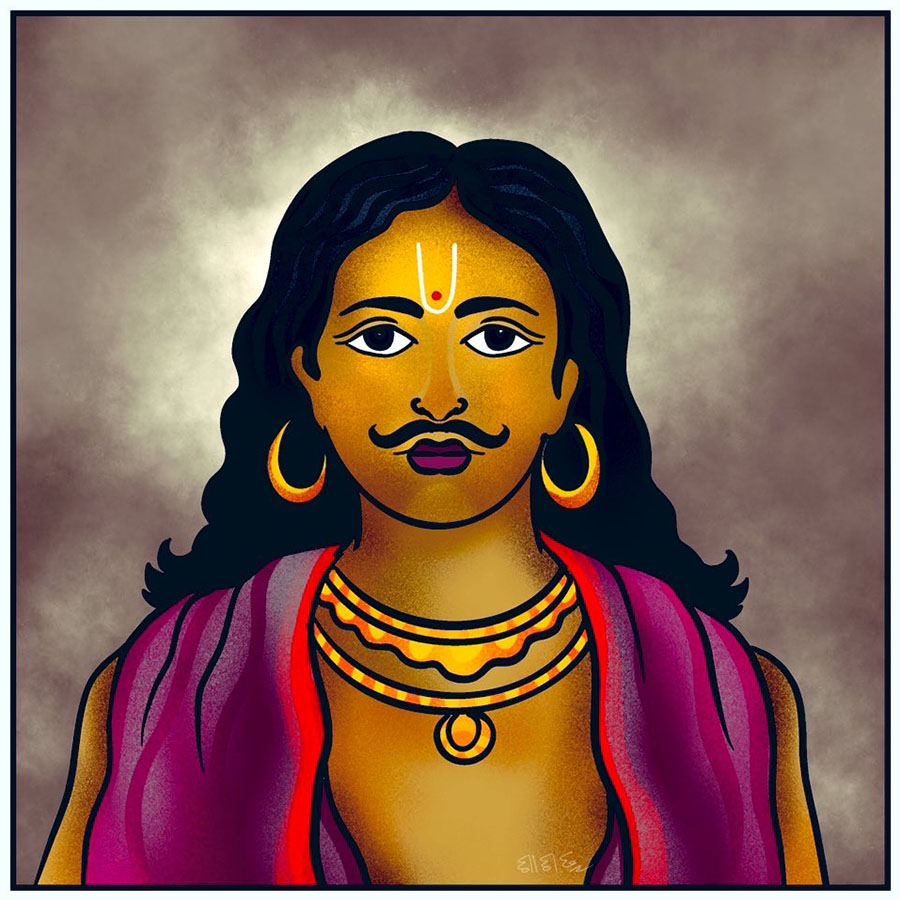
This period is named the Riti Yuga because of the Reeti style employed by the prominent poet of the era, Upendra Bhanja. This style is characterized by verbal tics, obscenity and eroticism. There were many poets in this era who employed this style, one of them being his grandfather Dhananjay Bhanja who was the king of Ghumusar.
This era is said to have begun in mid 17th century and carried on till mid 19th century AD. Historians classify the time period from 18th century to the end of this era as the Late Medieval Odia period.
Upendra Bhanja’s seminal work, Baidehisha Bilasa, alongside his other works like Rasika Harabali, Koti Brahmanda Sundari and Labanyabati have led to him being conferred the title Kabi Samrat. He has 52 books to his name of which only 25-26 have survived.
He also pioneered a new form of poetry called Bandha Kabita, in which the poet wrote a poem on the frame of a picture made by him. His Chitrakavya Bandhodaya was the first of its kind and has 84 pictorial poems.
The End of Riti Yuga
With the coming of the British, Riti Yuga came to an end. Towards the end four poets emerged with highly lyrical writings, These were Kabi Surya Baladeb Rath, Brajanath Badajena, Gopal Krushna Pattanaik and Bhima Bhoi. The scope of this article is too small for discussing the works of these poets and the ones that followed so we would cover them at a later date.
Rise of the Printing Press
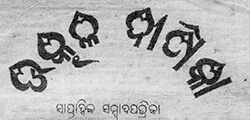
Before the coming of the British, Odia literature was primarily recorded on dried palm leaves. In 1836, Christian missionaries printed the first book on paper. Thus began the Age of Radhanath and that of Modern Odia Literature.
The first writings to be printed were periodicals, journals and books which soon became available to the common people. The first Odia newspaper to be published was Utkala Deepika 1866. With many periodicals in print, Odia political thought began to develop a bend for freedom of expression, encouraging budding Odia writers and popularizing modern literature.
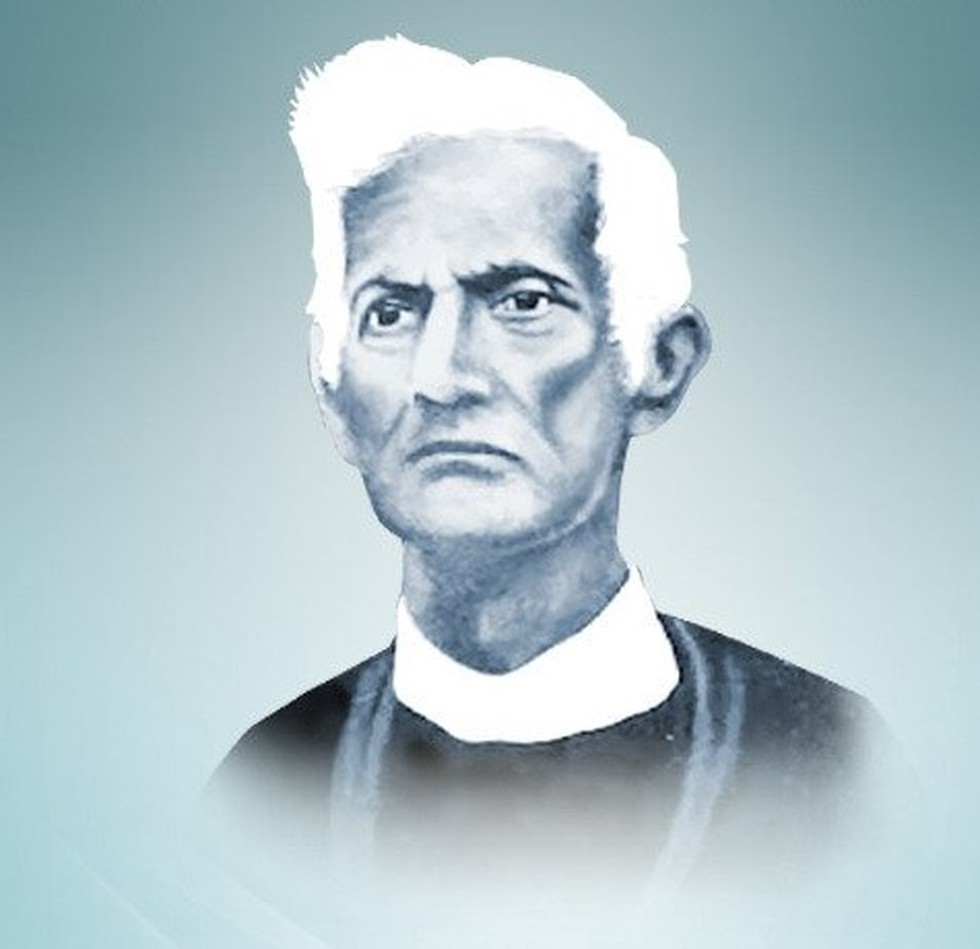
Into this era was born Radhanath Ray, the poet who defined the literature of the era. His kavyas(long poems) had lots of Western influence and he inspired a lot of people with his writings. His works include Chandrabhaga, Nandikeshwari, Usha, Mahajatra, Darbar and Chilika.
A contemporary of Radhanath Ray would be Fakir Mohan Senapati, considered the father of modern Odia prose. His short story Rebati is considered widely to be the first Odia short story. His other writings include Patent Medicine, Dak Munshi, and Adharma Bitta. He is also known for his novel Chha Maana Atha Guntha.
The Satyabadi Era
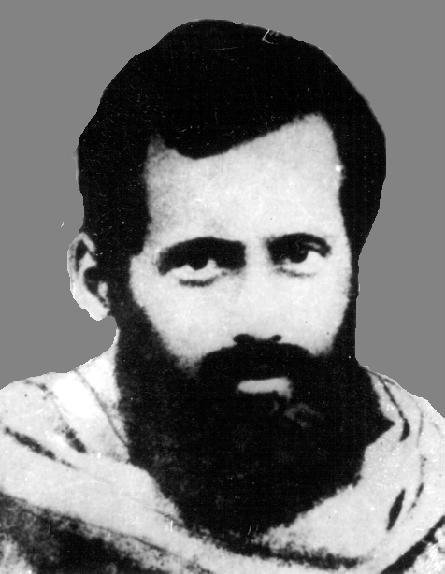
During the Radhanath Age, the literary world was divided into classicists and modernists. In this times of change Gopabandhu Das wrote a satirical poem in the classicist journal, the Indradhanu, a bastion of tradition. He recognized that a society and its literature need a solid historical foundation of tradition. He was reprimanded by the Inspector of Schools for the poem but he refused to apologize.
He joined the Ravenshaw College after this incident and opened the Kartavya Bodhini Samiti (Duty Awakening Society) in college to encourage social responsibility among his friends. His tireless dedecation to social work earned him the name Utkalamani (Odisha’s Gem).
With the beginning of the freedom movement, Gopabandhu Das was influenced by the thoughts of Mahatma Gandhi and the rising nationalism and gave rise to the school of the Satyabadi. Other than Gopabandhu Das, the other writers influenced by this idealistic movement were Godabarisha Mishra, Nilakantha Dash, Harihara Acharya and Krupasinshu. They were called the Panchsakha in recognition of their similarity to the historical ones.
There were many more writers influenced by the Satyabadi Movement, one of them being Chintamani Das whose contributions include Manishi Nilakantha, Bhala Manisa Hua, Usha, Barabati, Byasakabi Fakiramohan and Kabi Godabarisha.
The Progressives
Nabakrushna Choudhury, Bhagabati Panigrahi and Ananta Patnaik founded the Nabajuga Sahitya Sansad in 1935, a year before the National Progressive Writers Association was established by Munshi Prem Chand, Sajad Zaheer, Mulk Raj Anand and others. The Adhunika became the mouthpiece of the Nabajuga Sahitya Sansad and attracted many contemporary writers. It was was concieved, edited and mantained by Bhagabati Charan Panigrahi and Ananta Patnaik. This time period has been called the Pragati Yuga.
The Age of Romanticism
In the 1930’s, when progressive Marxist thoughts dominated the literary landscape of Odisha, the writings of Rabindranth Tagore influenced Kalindi Charan Panigrahi (brother of Bhagabati Charan Panigrahi). He founded Sabuja Samiti with two of his writer friends Annada Shankar Ray and Baikuntha Patnaik. It was a shortlived period, with the school folded into Gandhism and Marxism. This however influenced K. C. Panigrahi’s famous novel Matira Manisha.
The Post Colonial Era
This is a vast topic, a bit too big for this article. We will discuss post-colonial Odia literature in a later article.
Conclusion
The contribution of the writers of the Early Medieval to Late Medieval Odia provided a solid foundation on which modern Odia literature could stand. These writers have some renown but their works need to be publicized further, bringing them back into public consciousness.
The touch of Sarala Das, the Panchsakha, Upendra Bhanja and many others can be found in many modern literary works. The common Odia person should feel proud for being part of this sprawling and rich literary legacy.
We leave you with the promise that we would cover the above mentioned topics in more detail in later articles. See you soon. To learn more about Odisha literature follow up today.
Read more: Manoj Das : An Epitome of Odia Literature
Want to buy Odia literature books, visit OdishaShop.
References
- Odia Literature and its Great Legacy, The Nandi Ghosh Blog, April 2017
- The History of medieval Vaishnavism in Odisha. Chapter: The Sidhacharyas in Odisha Page 55 by Prabhat Mukherjee
- Palm Leaf Etchings of Orissa. Abhinav Publications. ISBN9788170172482 by Durga Prasad Patnaik
- In Translation – Reflections, Refractions, Transformations, Page 170-171 by Debendra K. Dash and Dipti R. Pattanaik, edited by Paul St-Pierre, Prafulla C. Kar
- Mahapurusa Panchasakha, Ananta Himalayas Blog, July 2012
- Upendra Bhanja Granthabali (Dutiya Khanda), edited by Bidyadhar Sahoo

